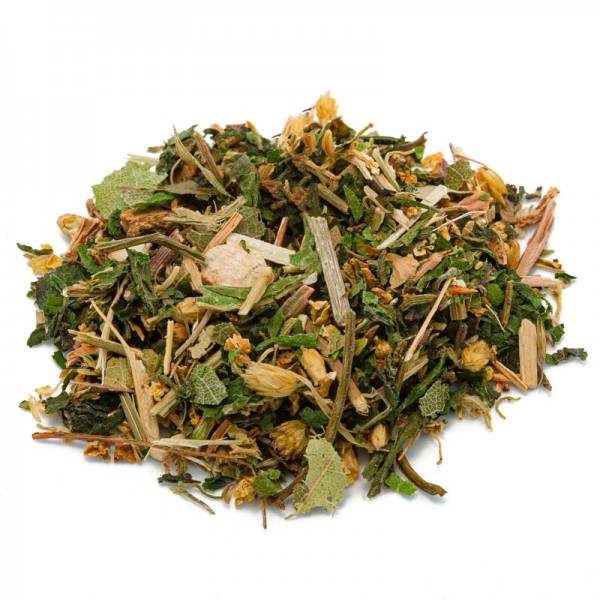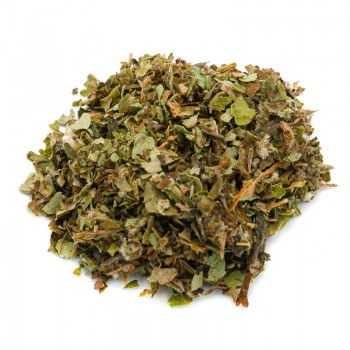Burdock leaves Herbal tea cut
Burdock is known as a dermopathic medicinal herb, that is, used for the well-being of the skin. The herbal tea cut of the leaves is useful for creating beneficial infusions, thanks to the properties of the plant able to soothe irritation and symptoms of acne, dermatitis and eczema. Furthermore, it can be a natural remedy useful for the skin in case of seborrhea, psoriasis and dandruff.
Ingredients: burdock
Botanical name: Arctium Lappa L.
Origin: Serbia
- 100°
- 3/5g ogni 250 ml
- 05/08 min. di infusione









 No reward points for this product.
No reward points for this product.
